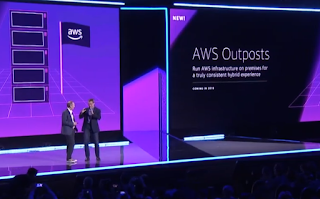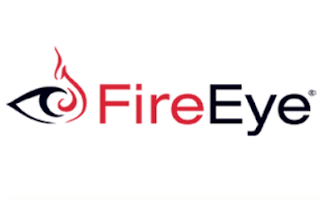OIF published the results of its 2020 Transport SDN Application Programming Interface (API) Interoperability Demonstration, which was a ten-week long interoperability testing exercise that was held in Telefonica’s lab in Madrid.
The interoperability testing involved three phases over ten weeks, Sept – Nov 2020:
- Phase 1: Open Networking Foundation (ONF) T-API NBI testing, Scope: ONF T-API v2.1.3 reference implementation agreement TR-547
- Phase 2: Open terminals testing including discovery, provisioning, service de-activation and streaming telemetry
- Phase 3: End-to-end disaggregation demo, Scope: evaluation and demonstration of end-to-end use cases
Findings and results of the testing include:
- Vendor products demonstrate a high level of maturity and support of operator-favored use cases, based on T-API version 2.1.3 and OpenConfig APIs. Vendors have adopted the ONF 2.1.3 Reference Implementation Agreement (ONF TR-547) rapidly and with few deviations.
- Inconsistent interpretation of the Internet Engineering Task Force (IETF) RESTCONF standard was one interoperability issue identified, especially standard authentication. Clarification to RESTCONF provisioning behavior and implementation scalability were also identified as issues.
- A particularly good level of compliance to the OpenConfig models was demonstrated by implementations, however, some areas such as key exchange algorithms for IETF NETCONF and complex use cases for device provisioning and commissioning did generate issues.

Participating vendors included ADVA, Ciena, Cisco Systems, Infinera and Nokia. Network operator Telefónica hosted the demo. China Telecom, Telia Company and TELUS participated as consulting network operators.
“Interoperable transport SDN APIs are essential capabilities to enable open optical networks,” said Mauro Costa, Head of planning, strategy & architecture, Telia Company, a consulting network operator for this year’s demo. “International co-operations, like this one with OIF, allow the industry to progress at a high pace and Telia Company welcomes the opportunity offered by this interoperability demo. It reinforces that we are advancing in the right direction and that the maturity of the APIs implementation for optical SDN architecture is improving.”
The whitepaper is posted here:
https://www.oiforum.com/documents/oif-2020-transport-sdn-api-interop-demo-white-paper/




















